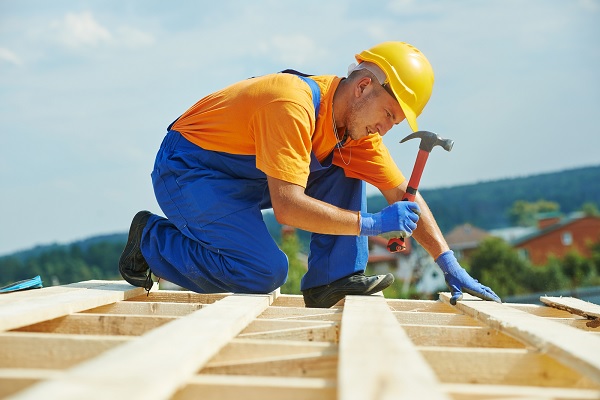Tips For Proper Roof Maintenance

With proper maintenance, a shingle roof can last up to three decades. The caveat being proper maintenance, of course. That is where homeowners can drop the ball, neglecting aspects of the home until the types of problems that can’t be ignored arise. When it comes to taking proper care of your roof, here are a few tips:
Regularly checking your roof can alert you to damage and any small issues that can be fixed inexpensively, before they turn into big issues that aren’t so inexpensive to fix. In the late fall, when the leaves are falling more heavily, check the roof and gutters for leaves and other debris. Once early spring hits, check for any damage that may have been caused by ice damming. Precision Roofing says “When ice dams form, they can cause water to seep up under the shingles.” Check the roof after any storm with heavy winds.
According to Front Range Roofing and Siding, a roofing contractor in Colorado Springs, doing a roof and gutter check before the winter hits is particularly important because frequent winter storms can increase the risk of drainage blockage and roof sags, among other issues; this risk will be increased if there is a lot of debris hanging around from previous seasons.
In addition to making sure the gutters are clear, you want to check they are in good condition. Look for gaps or breaks in the seams. Ensure the brackets that hold the gutters against the house are attached securely.

The flashing is a common spot for leaks because its job is to cover holes in the roof near the vents, exhaust pipes and chimneys. Check it isn’t punctured or bent; make sure the sealant isn’t loose or dried out.
Trees can be a major hazard to your roof when they are growing too closely to the home. Not only can the roof be damaged by broken limbs that will fall right on top of it, but if the branches are hanging over or resting on the roof, it can wear down to protective coating on the shingles over time.
Many a creature will happily make themselves right at home on or under your roof. If there are any areas weakened by rot, it will make it easier for animals to get in, where they will just compound any damage that is already there, making for more costly repairs.
For such little creatures, insects can do a lot of damage to the home, especially an area like the roof. If termites and carpenter ants are common in your area, you want to do regular checks to look for signs of an infestation. Some things to watch out for include insect feces, soft rotten spots, shredded wood and sawdust.
If you want to catch a leak before it becomes too big a problem, checking the underside of the roof is important. Look for signs of streaks or staining. See if there are any indicators water may have trickled in near the chimney or vents. Look for soft spots in the wood.
